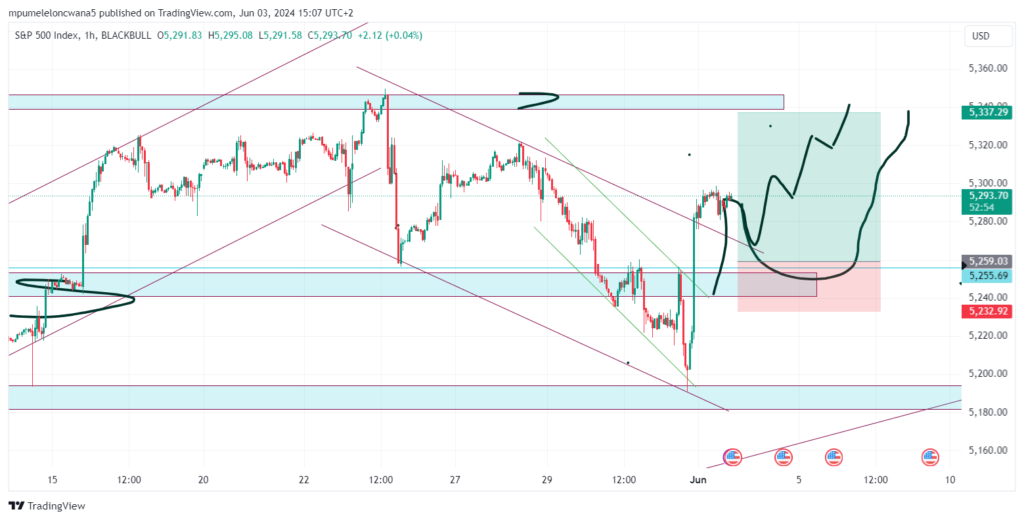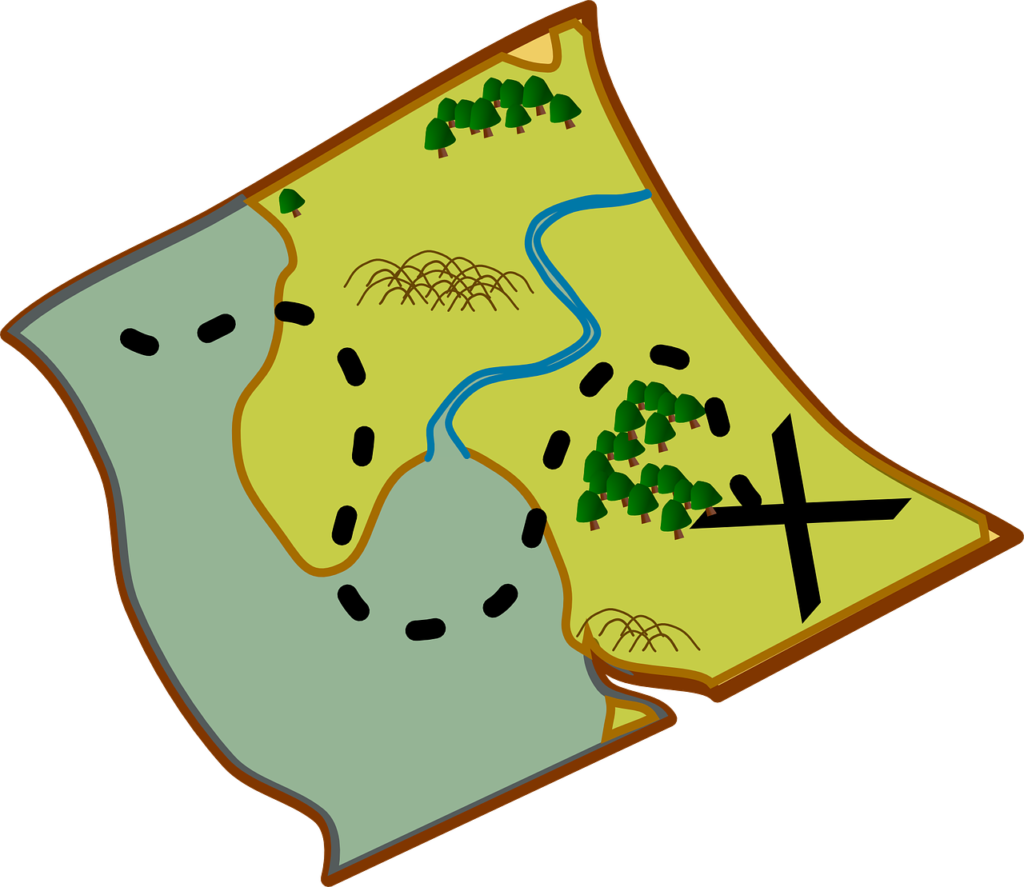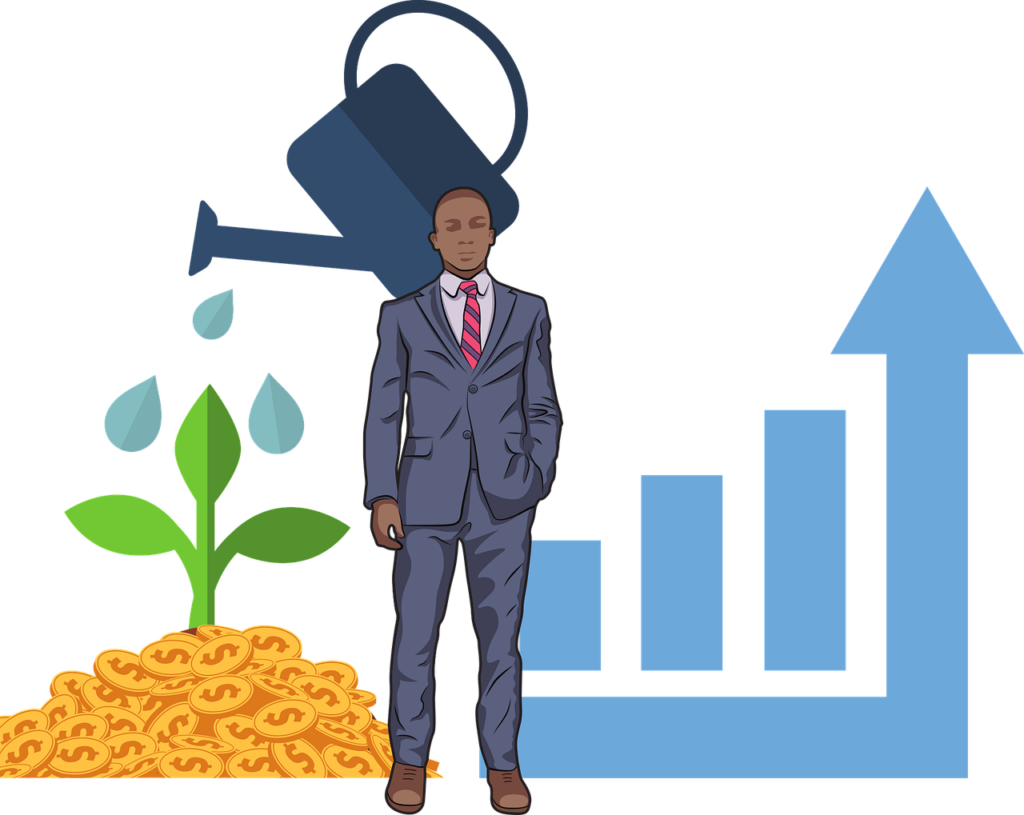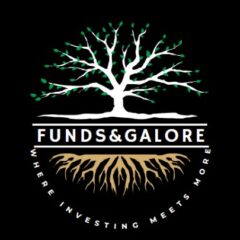The History of the Stock Market
Welcome to the second article in my series following the previous piece, “Our Financial History,” under the category of Forex and Stocks. In this article, we will dive into the stock market bubble history.
to uncover why our economy today is so intertwined with the stock market.
Some of you may have noticed my passion for stocks, evident in my trading activities.
For those unfamiliar with my background, I primarily trade indices—
these are groups of publicly traded stocks such as the Nasdaq 100, USA 30, German 30, and S&P 500.

The stock market is a platform where companies offer their shares to the public through an Initial Public Offering (IPO).
This allows investors, like you and me, to buy and sell company shares flexibly,
investing any amount of money we’re willing to risk to generate a return.
Now, let’s journey back to ancient Greece to trace the early practices of the stock market.
The Voyage of Pythons
History tells us that during ancient Greece’s maritime trade and exploration era,
ship captains realized the benefits of raising funds to finance their voyages.
These expeditions were expensive and risky.

The primary risk was that the captain’s ship might get lost at sea, never to return.
Another risk was the possibility of returning with nothing valuable.
Additionally, captains had to account for the costs
of ship maintenance, crew payments, supplies, and cargo.
The Importance of Investors: History of the Stock Market
Investors were the lifeline of these long and risky voyages,
providing the necessary liquidity to finance explorations.
However, their motivation was not altruism;
they were speculating that their investment would allow the captain
and crew to travel to distant lands and return with valuable goods.

These goods would be sold upon arrival, and the profits distributed accordingly.
If the voyage was successful, the investor, captain,
and crew would share the profits. However,
if the crew returned empty-handed or the ship was lost,
everyone, including the investors, would incur losses.
These agreements laid the foundation for what we now know
as venture capitalism and joint-stock companies.
Dutch East India Company of the 1600s: Stock Market Bubble
The Dutch East India Company, known as the Vereenigde Oostindische Compagnie (VOC),
was founded in the early 1600s in the Netherlands.
This company was one of the first to function as a joint-stock company.
Initial Public Offering (IPO)
What is an IPO, you may ask? Well, to put it simply,
an Initial Public Offering is when a private company decides to issue shares to the public for the first time.

This allows anyone with internet access to buy and sell shares of companies with each other in real-time.
In the modern day, anyone who has capital and internet access can buy and sell shares of publicly traded companies.
Why Private Companies go Public
The benefits of private companies going public include raising a large
amount of capital for expansion, such as building more factories,
which creates more jobs, paying off previous debts to improve balance sheets,
and increasing the company’s visibility to a larger audience.

IPOs have been around for far longer than we have existed.
This is why I stress the importance of referring back to our history;
through understanding our history, we become better adapted to forecast our present and our future.
The First Initial Public Offering (IPO)
During the early 1600s, the Dutch East India Company was interested in getting involved in international trade,
but the problem they faced was that the company did not have enough capital to finance the project.
So, the VOC issued the first IPO to raise funds beginning a stock bubble .
Over time, they were able to sell these shares to individuals or organizations that could afford to purchase them,
like merchants and affluent citizens. As more and more of these shares were sold,
it eventually reached a point where shareholders could buy and sell them from one another.
For example, if two merchants, Mr. Bakker and Mr. Achterberg, bought shares from VOC (let’s say 1 share = $50)
at the time they purchased these shares. Mr. Bakker buys 5 shares, and Mr. Achterberg buys 2 shares.
As more and more merchants and shopkeepers rushed to buy these shares, the demand increased,
causing the share price to rise from $50 to $85 per share.
Let’s work out Mr. Bakker and Mr. Achterberg’s profits if they were to sell at the current market price.
Step 1: Example of Share Purchase
- Merchant Mr. Bakker buys 5 shares at $50 each.
- Merchant Mr. Achterberg buys 2 shares at $50 each.
Step 2: Increase in Share Price
- As more people rushed to buy shares, the demand increased, causing the share price to rise from $50 to $85.
Step 3: Calculating Profits
Mr. Bakker’s Investment and Profit:
- Initial investment: 5 shares × $50 = $250
- Current market value: 5 shares × $85 = $425
- Profit: $425 (current value) – $250 (initial investment) = $175
Mr. Achterberg’s Investment and Profit:
- Initial investment: 2 shares × $50 = $100
- Current market value: 2 shares × $85 = $170
- Profit: $170 (current value) – $100 (initial investment) = $70
Step 4: Summary of Profits
- Mr. Bakker made a profit of $175.
- Mr. Achterberg made a profit of $70.
By issuing the first IPO, the VOC was able to raise capital for its trading ventures,
benefiting early investors like Mr. Bakker and Mr. Achterberg from rising
share prices which lead to an early stock market bubble.
Share prices could fluctuate based on rumors,
and a drop from $85 to $30 per share could trigger panic selling, causing further declines.
Shareholders had limited liability, meaning they would only lose their investment
if the company went insolvent and wouldn’t be liable for the company’s debts.
VOC shares were traded on the Amsterdam stock exchange.
The Expansion of the VOC Empire
Profits from new projects, such as vast trade networks for spices, silk, and tea,
allowed the VOC to establish colonies and trading camps in areas
like the Cape Colony (South Africa), India, and Indonesia.

The company built a monopoly, including factories
and the ability to negotiate trade agreements with local rulers.
Stock Market Bubble History: Conclusion
The Dutch East India Company came to an end in 1799.
The government seized its vast monopoly colonies
due to the company’s long-term debt,
corruption, and increasing competition as rivals began issuing their own shares.
The VOC has left a lasting influence on today’s corporate world.
It’s important to note that when a company’s share prices dropped during that time,
only the shareholders and the company bore the consequences, not the entire economy.
In contrast, a stock market crash today affects the whole economy,
impacting everyone whether they invest or not.
The history of stock market bubbles reveals that while the fundamental mechanics
of investing and speculation have remained consistent,
the scale and interconnectedness of modern markets have drastically increased.
Understanding these historical events helps us grasp the roots of
today’s market dynamics and the potential risks involved.
By learning from past bubbles, investors and policymakers can better navigate the complexities
of modern financial systems, aiming to mitigate the impact of future market disruptions.

